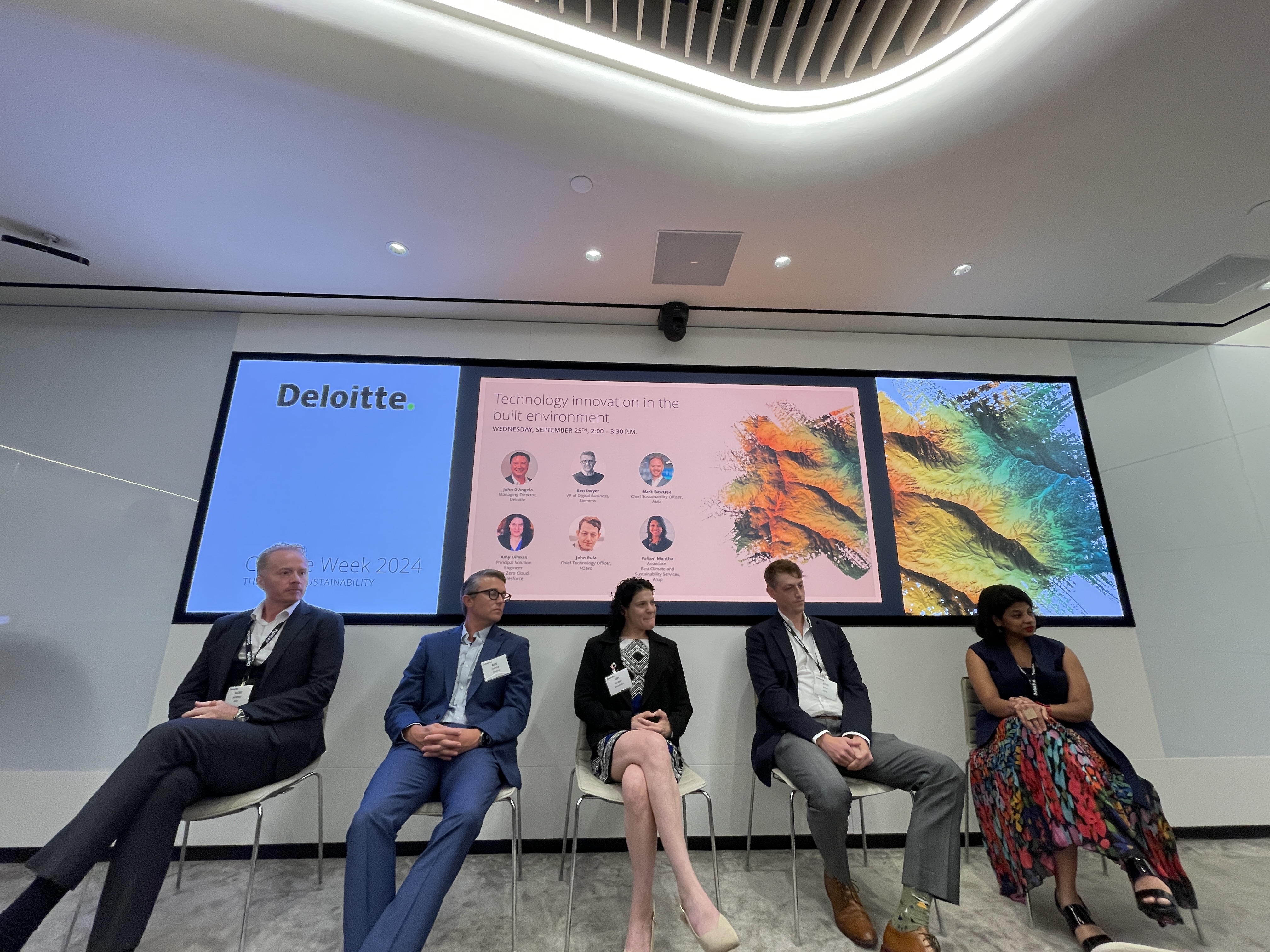6. Cognitive Buildings: The Future of Smart Infrastructure
Looking ahead, buildings need to be more than energy-efficient—they need to be cognitive. That means they should be able to communicate with the grid, shift energy loads in real-time, and operate autonomously to control emissions. Cognitive buildings will enable smarter, more efficient management of resources, driving both sustainability and operational improvements.
7. Buy-In Is Key at Every Step
Achieving sustainability goals through technology requires buy-in from all stakeholders, and that doesn’t happen overnight. Whether it's the operations team, finance, or building occupants, engaging everyone in the process—phase by phase and step by step—is crucial. Each group plays a role in making sure that technological improvements are adopted, maintained, and scaled.
8. Operational Expenses, Energy, and Labor Are Major Drivers
Financial motivators are key to driving sustainability. Today, operational expenses, energy efficiency, and labor costs are top of mind for many organizations. The panel highlighted that market pressures, financial incentives, and penalties are now compelling companies to act, driving the adoption of smarter technologies to cut costs and improve building performance.
9. Collaboration is Key to Scaling Innovation
In the quest for a sustainable built environment, collaboration is essential. Working across teams—whether it's software providers, data sources, or building operators—ensures the success of sustainability initiatives. Siemens’ North Star vision of the autonomous building, driven by the digitization of entire service buildings, highlights the need for comprehensive tools and technologies. But it’s not just about tech—it’s about change management, engaging both the technical and human elements to make these shifts scalable.
At NZero, we’re committed to helping organizations navigate these technological transformations, empowering them with real-time data and insights to manage carbon emissions effectively. As the built environment becomes smarter and more connected, we’ll continue to partner with leaders in the industry to drive meaningful, sustainable change.



